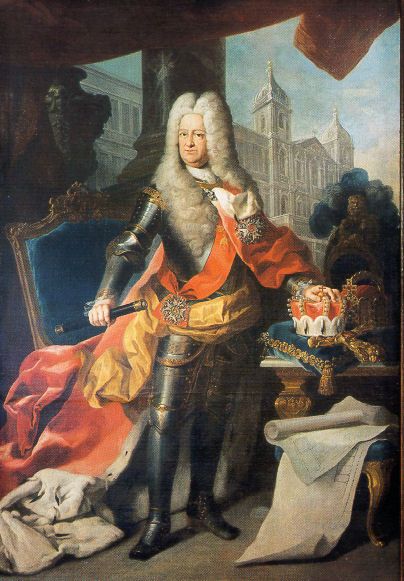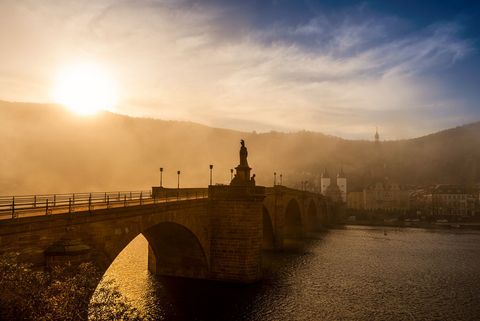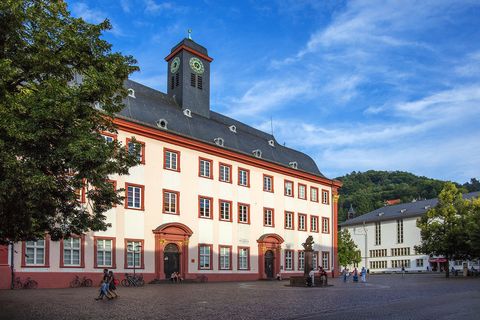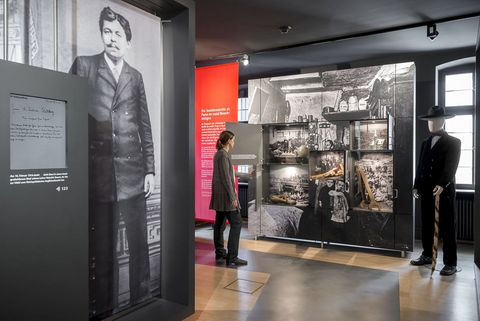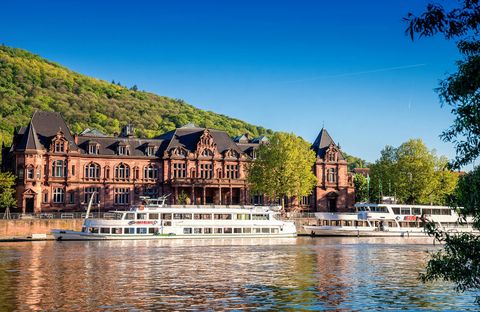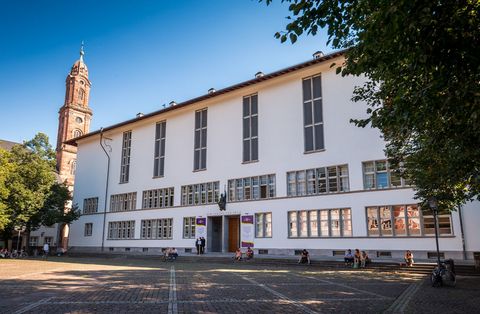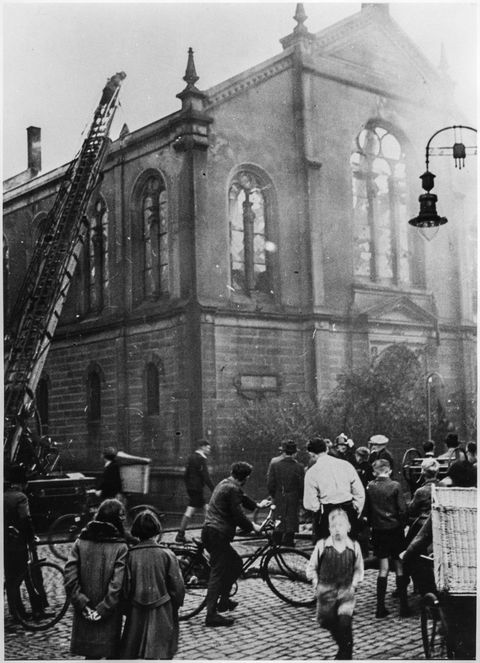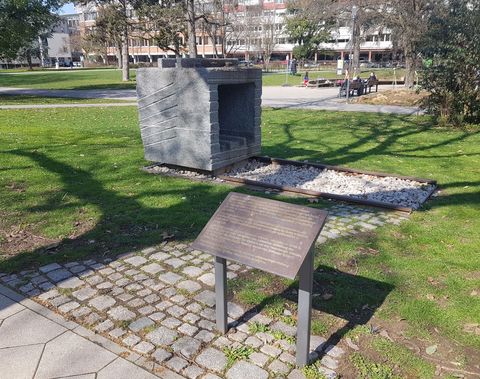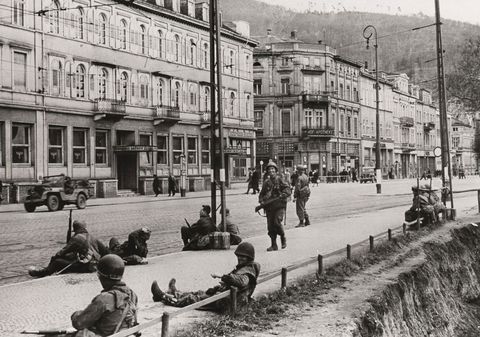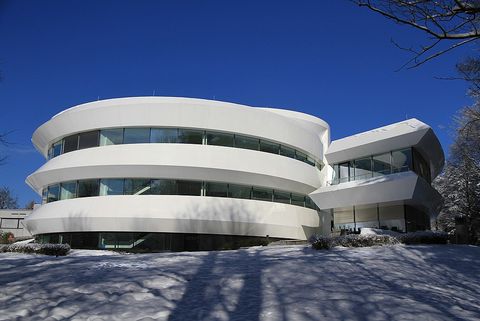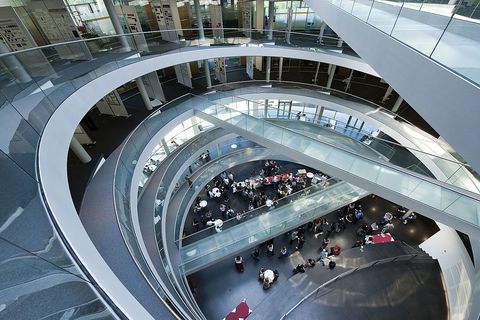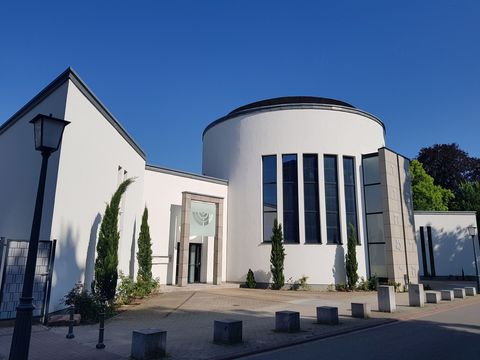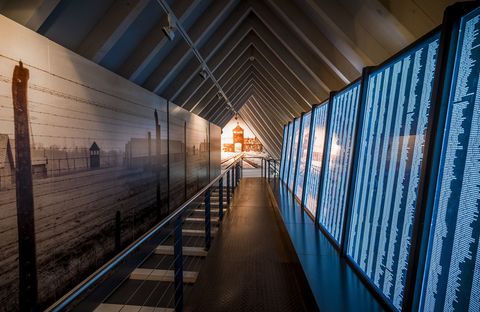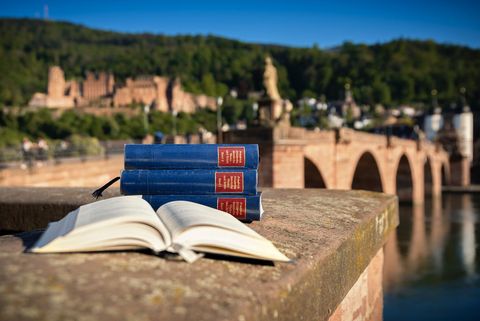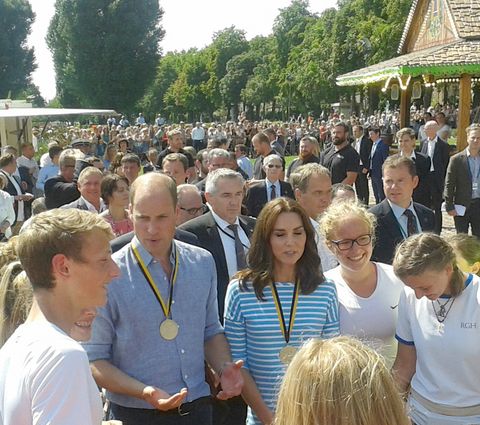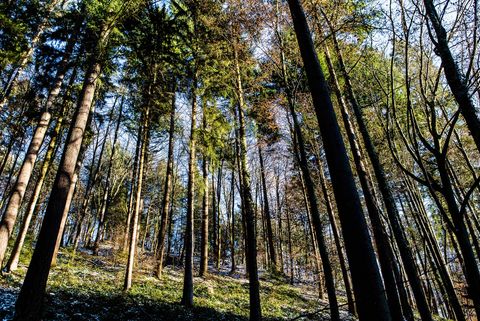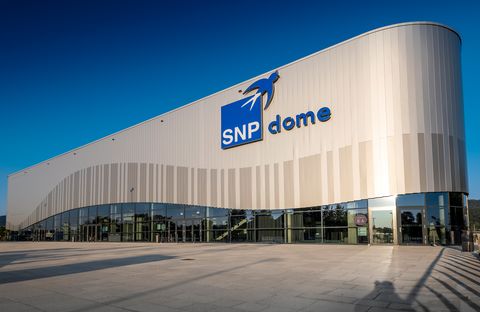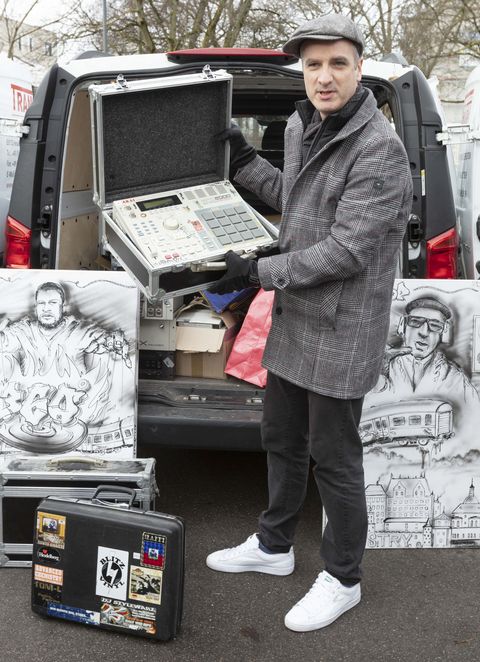The History of Heidelberg
Come on a journey through time
Heidelberg's history in numbers
Discover the lower jaw of "Homo heidelbergensis"
The so-called "Homo Heidelbergensis" lived in the region around Heidelberg. His lower jaw was discovered near Mauer. This belongs to one of the oldest known representatives of the species "Homo heidelbergensis". The original of the lower jaw is today in the Geological-Paleontological Institute of the University of Heidelberg.
The Romans occupied the area at the foot of the Heiligenberg
Roman Heidelberg - its name at the time is unknown - consisted of a fort founded around 70 AD in the present-day district of Neuenheim and a civil settlement (vicus) that formed around the fort. A bridge founded on stone pillars led across the Neckar River. Heidelberg, however, always remained in the shadow of neighbouring Lopodunum (today Ladenburg), which was the main town in the region at that time. As a result of the Alamanni invasions, Roman Heidelberg was abandoned in the 3rd century.
Heidelberg ("Heidelberch") is mentioned for the first time
A document of the monastery Schönau in the Odenwald in connection with a "Conradus plebanus in heidelberch" gives evidence of the city for the first time, of a pond around St. Peter's Church, the oldest church of the city. The name "Heidelberg" is probably derived from "Heide" (the mountain was unwooded at that time) and from the Königstuhl (mountain).
University founded by Elector Ruprecht I.
Heidelberg thus has the oldest university in modern Germany. It was the third oldest university in the Holy Roman Empire of German Nations after Prague (1348) and Vienna (1365), however, unlike the other two, Heidelberg already had a full university at that time, consisting of the faculties of theology, law, medicine and the faculty of arts.
Start of the construction of the Heiliggeistkirche (Church of the Holy Spirit)
Elector Ruprecht III was elected King of the Holy Roman Empire of German Nations in 1400 and thus became King Ruprecht I. Thus he needed both a palace befitting his status (Ruprecht's building in Heidelberg Castle) and a representative burial place. In 1410, the choir room of the Heiliggeistkirche was completed and King Ruprecht I could be buried there. The church tower was not completed until 1544.
Martin Luther held his "Heidelberg Disputation"
For Luther, the trip to Heidelberg marked the first theological appearance outside Wittenberg after his 1517 posting of the theses. Due to the large crowds, the disputation took place in the Faculty of Arts. In Heidelberg, Luther advocated the renewal of the church in 28 theses: Salvation cannot be earned or bought - it lies in the grace of God.
Introduction of the Reformation by Elector Ottheinrich
Elector Ottheinrich is one of the most enigmatic rulers the Electoral Palatinate has produced. He built the famous Ottheinrich Building of Heidelberg Castle and through his treasure trove of books, supplemented by libraries of the university and that of his friend Ulrich Fugger, one of the most famous and valuable libraries in Europe at the time was created, the Bibliotheca Palatina.
Marriage of Elector Friedrich V to the English Princess Elisabeth Stuart
Frederick V and Elizabeth Stuart were both only 16 years old. Today's castle illuminations date back to the ceremonial entry into Heidelberg with fireworks after their wedding. For the sake of his wife, Frederick V transformed the previously representative castle complex into a palace complex. Among other things, this resulted in the English Building, the Elizabeth Gate and the Hortus Palatinus, a magnificent palace garden that was considered the eighth wonder of the world at the time.
Destruction of the city and the castle by the French in the Palatinate War of Succession
Louis XIV, the Sun King, as the brother-in-law of Liselotte of the Palatinate, claimed inheritance from the Electoral Palatinate after first her father, Elector Charles Louis (1617 - 1680), and then his successor, her brother Charles II. (1651 - 1685), died childless. Being denied them, he invaded the Electoral Palatinate, Heidelberg, and the castle was completely destroyed in 1689 and 1693. One of the few buildings in the city that survived the War of Succession is the Hotel Zum Ritter St. Georg with its magnificent Renaissance facade.
Relocation of the residence under Elector Karl Philipp
Karl Philip moved the residence of the Electoral Palatinate from Heidelberg to Mannheim after his attempt to "Catholicize" the citizens of Heidelberg failed. For example, the Heiliggeistkirche was to become a purely Catholic place of worship. In the new residential city of Mannheim, he laid the foundation stone for Mannheim Castle with its attached Jesuit College and the Jesuit Church, one of the most important church buildings of the Counter-Reformation.
Construction of the Old Bridge by Elector Karl Theodor
Elector Karl Theodor had a stone bridge, the Old Bridge, built after the worst flood in Heidelberg's history had washed away the former wooden bridge. There were a total of 8 previous bridges before that, all of which were destroyed by the raging Neckar River. A statue was erected in his honour showing him overlooking the castle, as well as Pallas Athena, the goddess of science and the arts.
Reorganization of the University of Heidelberg
Heidelberg falls to Baden. The university is reorganized by the Baden Grand Duke as a state-funded teaching institution and renamed Ruprecht-Karls-Universität ("Ruperto Carola") - a combination of the names of the university's founder, Ruprecht I, and the Baden Grand Duke Karl Friedrich. Now a cosmopolitan and liberal university, Heidelberg experienced a second heyday during the 19th century. The natural sciences in particular experienced a golden age in the collaboration of Robert Bunsen, Gustav Kirchhoff, and Hermann Helmholtz.
Friedrich Ebert is born in Heidelberg
Friedrich Ebert, the first President of the Weimar Republic and Germany's first democratically elected head of state, is born in Heidelberg. During his presidency, he survived many political crises but increasingly came under personal fire. He was accused by conservative and military forces of complicity in the loss of the First World War. During the resulting trials, Ebert had delayed medical treatment for appendicitis. He died of this on February 28, 1925, at the age of 54. He was buried in his native Heidelberg.
Opening of the Stadthalle Heidelberg
The Stadthalle Heidelberg was built by the architects Jakob Henkenhaf and Friedrich Ebert from 1901 to 1903. It was built to mark the centenary of the university reform of 1803 as a meeting and festival building for the citizenry and is therefore still affectionately known as the "Gute Stube Heidelberg". It also served as Heidelberg's convention centre until 2018. After the city decided to build a new congress centre in 2017, the Stadthalle is now being renovated and converted into a concert hall.
Laying of the foundation stone for the New University
It was built from American donations, collected by the American ambassador in Berlin at the time, Jacob Gould Shurman, a former student at Heidelberg University. He was able to attract billionaires such as Chrysler and Rockefeller as patrons to create the lecture hall capacity that was urgently needed in Heidelberg. Today, the New University is the main lecture building in the old town.
Reichspogromnacht
Throughout Germany, more than 1,400 synagogues and places of worship burned, thousands of apartments and houses were destroyed, and about 400 German Jews were murdered or driven to suicide - the pogrom night of November 9-10, 1938, marked the transition from persecution to the systematic extermination of the Jewish population by the National Socialists. Heidelberg was not spared either and with the burning synagogue, the life of the Jewish community was cruelly ended.
Deportation of Heidelberg Jews to Gurs
On October 22, 1940, Gestapo officers arrested 299 Jewish Heidelberg residents in their homes and deported them in public to the main train station. From there they were deported on so-called "special trains" to the French camp of Gurs. For two-thirds of them, their martyrdom ended in Auschwitz or in other killing camps. This has been commemorated in Heidelberg since 2014 with a memorial located on the spot where the train left for the French camp in 1940.
Occupation of Heidelberg by the Americans
Heidelberg is taken by American forces on Good Friday, March 30, 1945, without major destruction. From 1947, Campbell Barracks, as the barracks were called, was the headquarters of the U.S. Army for Europe and NATO. 220,000 American soldiers were temporarily commanded from here.
 © Stadt Heidelberg
© Stadt HeidelbergFoundation of the German Cancer Research Center (DKFZ)
Prof. Karl Heinrich Bauer, a surgeon from Heidelberg, becomes the first foundation representative of the DKFZ as a national research institution.
Around 3,000 employees in more than 90 departments and junior research groups conduct research into how cancer develops and which factors influence the risk of cancer. Based on these findings, they develop new approaches to the prevention, diagnosis, and treatment of cancer.
Foundation of the Max Planck Institute for Astronomy (MPIA)
The Max Planck Institute for Astronomy (MPIA) is founded as the fourth Max Planck Institute in Heidelberg. The three other research centers are the Max Planck Institute for Medical Research, the Max Planck Institute for Nuclear Physics, and the Max Planck Institute for Foreign and International Law. They conduct basic research in the service of the general public.
Opening of the European Molecular Biology Laboratory (EMBL)
The EMBL is opened in Heidelberg on May 5, 1978. It is Europe's leading research institute and flagship in the life sciences, with more than 80 independent research groups covering the spectrum of molecular biology. So here, everything revolves around the question of how the smallest units of life function. In addition to Heidelberg, EMBL operates in Barcelona, Hamburg, Grenoble, Rome, and Hinxton.
Inauguration of the newly built synagogue in the Weststadt district
It was designed by the architect Alfred Jakoby. The Heidelberg Jewish Community is one of ten communities under the umbrella of the Jewish Religious Community of Baden, based in Karlsruhe. Since 1990, many immigrants from Eastern Europe - mainly Russia, Ukraine, and Moldova - have come to Heidelberg. The number of congregation members tripled from 180 to around 540.
Opening of the Documentation and Cultural Center of German Sinti and Roma
The Documentation and Cultural Centre of German Sinti and Roma is a place of encounter and dialogue in the middle of Heidelberg's Old Town. Here their rich culture lives in literature, painting, and music. In addition, the centre is a place of remembrance for the victims of National Socialism. Especially the Holocaust against the Sinti and Roma is dealt with in the worldwide unique permanent exhibition, which makes the house an important museum of contemporary history and a place of historical remembrance.
Reopening of the Heidelberg Theater and Orchestra
The Heidelberg Theater, which had been renovated and expanded over three years, reopened on November 24, 2012. In Heidelberg, a commitment by the city and private donors that is unique in Germany had made this renovation possible. The theater was also expanded to include a second auditorium, with a two-story foyer and an additional theater hall combining the old and new stage areas.
 © Stadt Heidelberg / Foto Diemer
© Stadt Heidelberg / Foto DiemerWithdrawal of the American armed forces from Heidelberg
The withdrawal of the Americans freed up about 180 hectares of land in Heidelberg. This is roughly twice the size of the old town. In total, there were around 2,350 apartments on the sites used by the Americans. The conversion of the former American sites offers the city of Heidelberg a unique opportunity for socially, ecologically, and economically balanced further development.
Heidelberg becomes “UNESCO City of Literature
Since December 1, 2014, the city of Heidelberg has been an official member of the "UNESCO Creative Cities Network" as a "UNESCO City of Literature". The title pays particular tribute to the city's long tradition and vibrant literary and cultural scene. Literature is omnipresent in Heidelberg. Walking through the city, you will find bookstores, antiquarian bookshops, publishing houses, and libraries on every corner. The highlight of Heidelberg's literary activities is undoubtedly the annual "Heidelberg Literature Days".
Heidelberg receives royal visit
On the second day of their 2017 visit to Germany, Prince William and Duchess Kate visited the city of Heidelberg, where they were welcomed by the Prime Minister of the State of Baden-Württemberg and Mayor Prof. Dr. Eckart Würzner and celebrated by 30,000 people. In total, the royals had four city appearances: The German Cancer Research Centre (DKFZ), the Market Square, the Old Bridge (with rowing regatta) and the Neckar Meadow. Previously, the last time a member of the British royal family was at the Neckar was in 1979 - Prince Philip.
German UNESCO Commission honours Heidelberg hip-hop
Heidelberg's special significance in hip-hop culture has been recognised in a special way by the German UNESCO Commission together with the Conference of Ministers of Education and Cultural Affairs: Heidelberg's hip-hop will be included in the nationwide register of intangible cultural heritage. "Due to Heidelberg's historical role, the city is considered a place of remembrance for the development of German-language hip-hop culture. It is characterised by its open participatory character and broad networking in Germany," it says in justification.
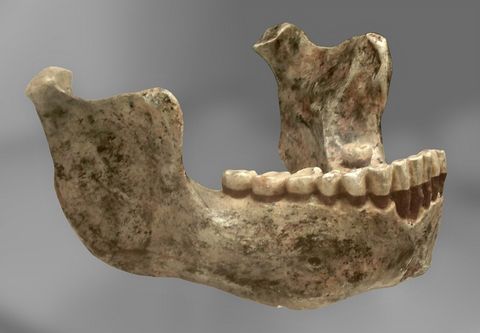
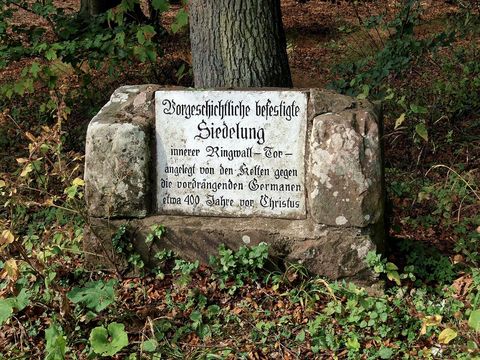
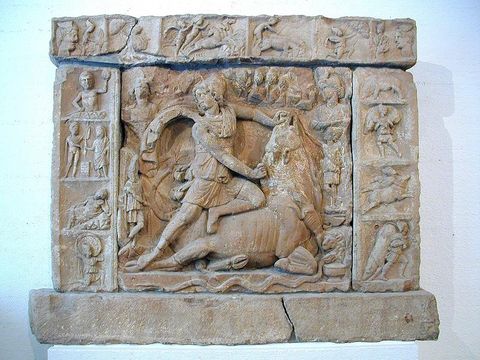
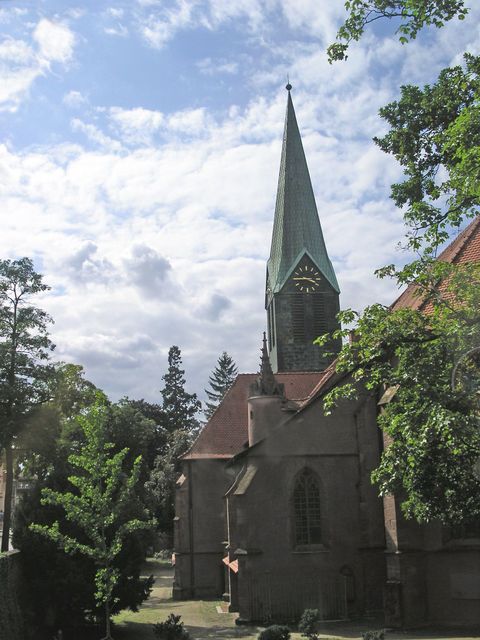
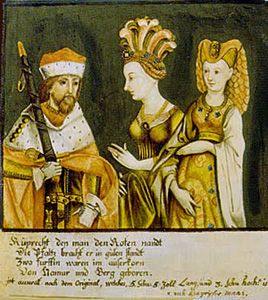
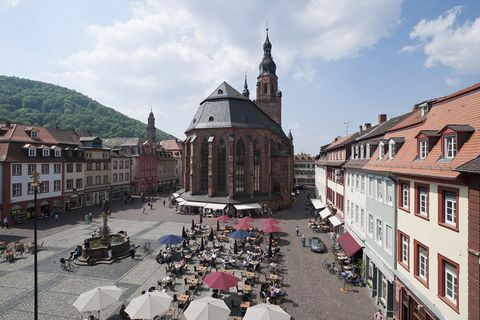
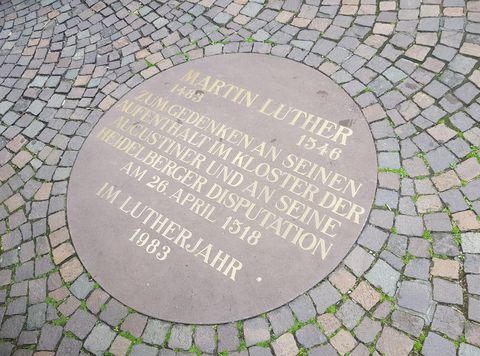
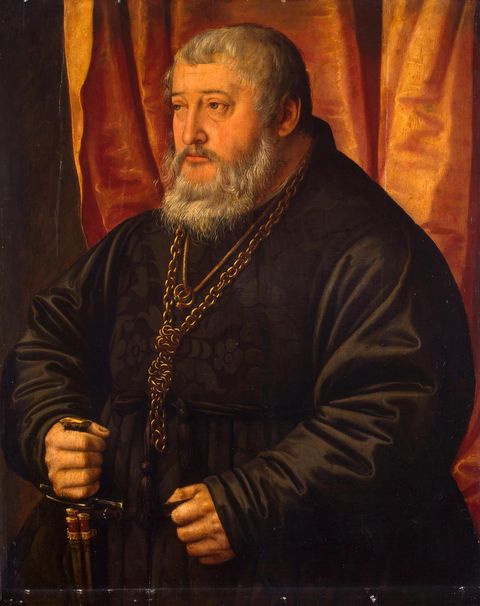
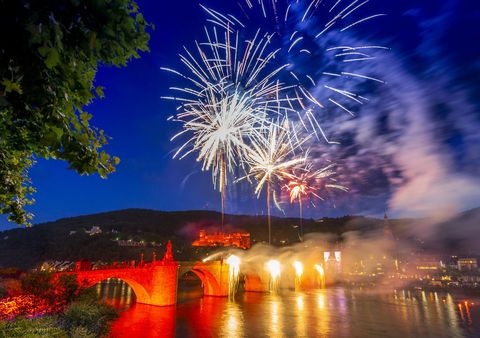
![[Translate to En:] Pfälzischer Erbfolgekrieg](https://www.heidelberg-marketing.de/fileadmin/_processed_/f/4/csm_Pfaelzer_Erbfolgekrieg__Zerstoerung_Heidelberg_1693__c__Wikipedia_1a65dfa894.jpg)
